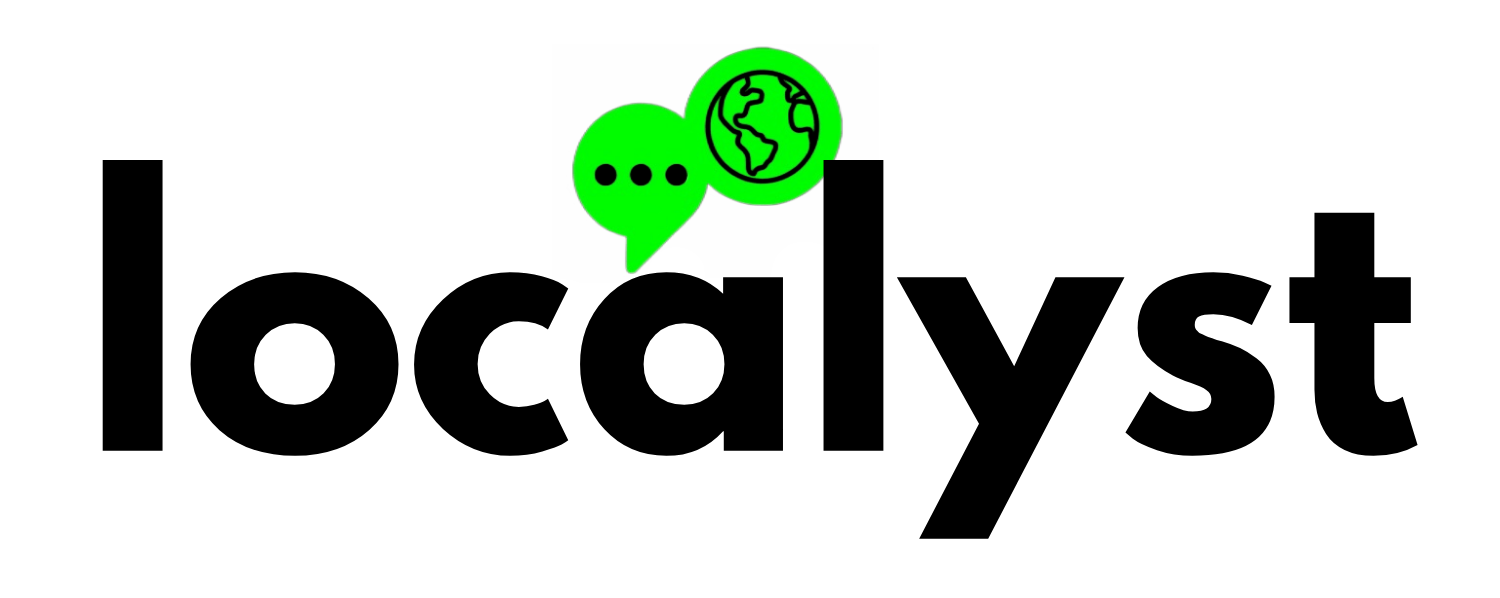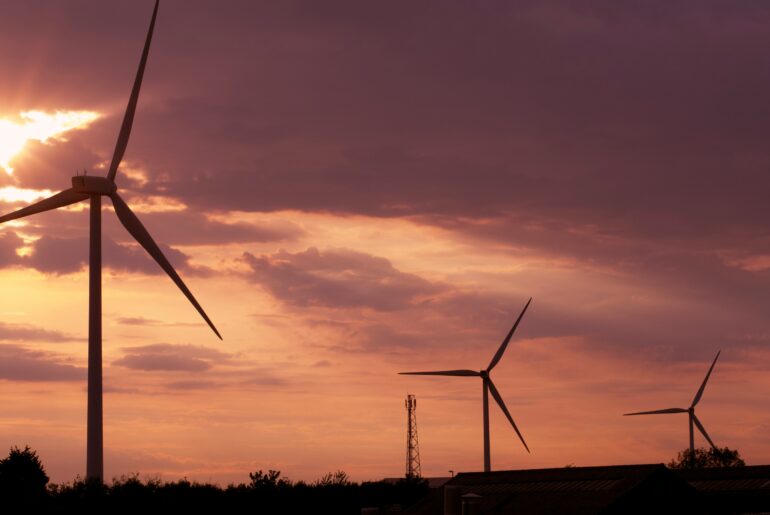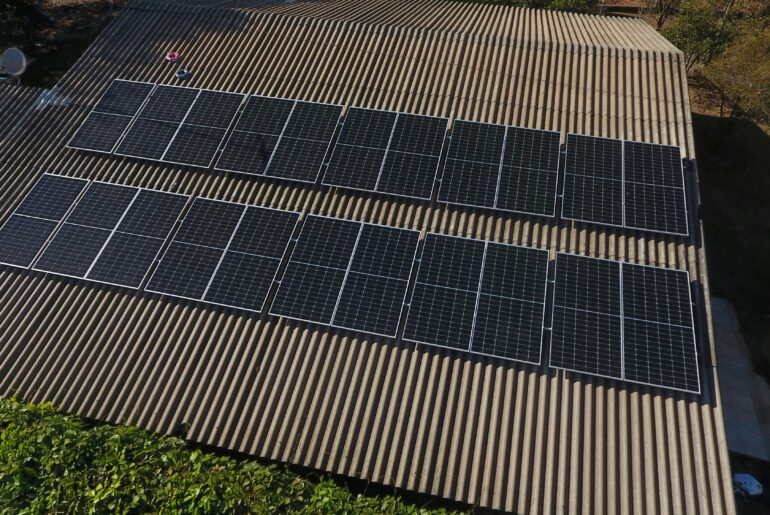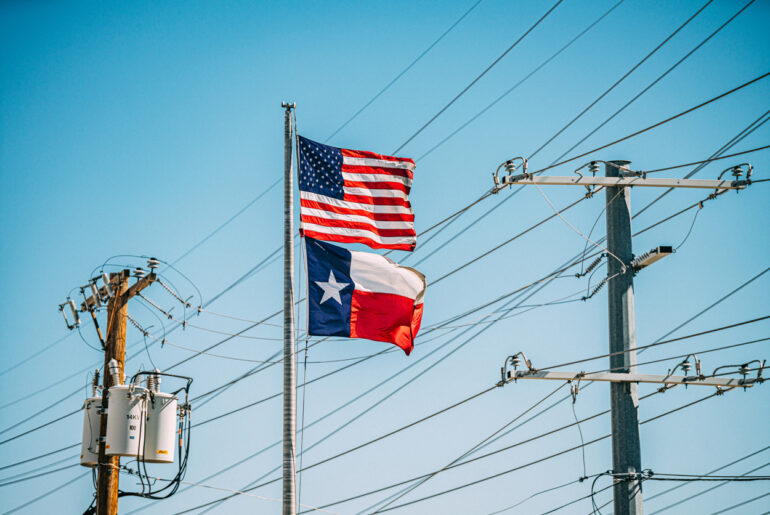When it comes to powering our homes and businesses, we’ve got a few options on the table. Fossil fuels like coal and natural gas have been the go-to sources for generations, but more recently, wind energy has been gaining ground as a cleaner alternative. So, how do these energy sources stack up against each other, especially when we talk about efficiency and their impact on our land and air?
Environmental Impact: Air Pollution
Let’s start with the big picture: air pollution. Wind turbines have a clear edge here because they generate electricity without releasing harmful pollutants into the air (or water). That’s a big deal when you consider that coal and natural gas plants are major sources of carbon dioxide (CO2), as well as other pollutants like sulfur dioxide (SO2) and nitrogen oxides (NOx), which can harm our health.
Over its entire lifecycle — from manufacturing to operation — wind energy produces only about 11 grams of CO2 per kilowatt-hour (g CO2/kWh) of electricity. Compare that to coal, which pumps out a hefty 980 grams of CO2/kWh, and natural gas, which releases about 465 g CO2/kWh. That’s a huge difference, making wind energy a much cleaner option overall, as reported by the National Renewable Energy Laboratory. Carbon and other greenhouse gasses in particular matter because they get trapped in the atmosphere and turn our planet into a greenhouse, which causes things like extreme heat and extreme weather.
Efficiency Over Time
Building and setting up a wind turbine does require a lot of resources, including steel, concrete, and other materials that come with their own environmental costs. However, these costs are mostly front-loaded. Once the turbine is up and running, it generates electricity without burning fuel or producing emissions, which means that over its 20- to 25-year lifespan, a wind turbine’s carbon footprint is minimal. In contrast, fossil fuel plants continue to burn coal or gas throughout their lives, constantly emitting pollutants. When you spread out the initial carbon cost of a wind turbine over its decades of operation, wind energy is far more efficient in the long run– as reported by Forbes, it has a carbon footprint “99% less than coal-fired power plants, 98% less than natural gas, and a surprise 75% less than solar.”
It’s More Than Just Clean Air: It’s About our Health
The benefits of wind energy don’t stop at reducing emissions. By cutting down on air pollution, wind power also helps reduce health problems related to dirty air, like asthma and heart disease. This not only improves quality of life but also lowers healthcare costs for everyone. According to recent studies by the US Department of Energy, the combined health and climate benefits of wind energy were valued at $162 per megawatt-hour (MWh) in 2023—far more than the cost of producing wind energy itself, which averaged $32/MWh. When you factor in the cost of people getting sick and dying from fossil fuel pollutants, and the savings by replacing fossil fuel energy with clean energy , wind energy starts to look like a pretty good deal.
Challenges and Innovations: Addressing the Downsides
Of course, no energy source is perfect, and wind power does have challenges. Wind turbines can impact local wildlife, and there are questions about the materials used to build them. However, the industry is actively working on solutions, such as designing turbines that are safer for birds and finding ways to recycle old turbine blades. These innovations are helping to make wind energy even more sustainable, ensuring that it remains a key part of our energy future.
A Clear Choice for a Cleaner Future
When you compare wind energy to energy made from fossil fuels, the long-term benefits of wind power are clear: cleaner air, fewer health risks, and a smaller carbon footprint — make it a critical component in the race to build a more sustainable energy future. As technology continues to advance, wind energy is quickly becoming a more important part of our energy mix, helping to power our communities in a way that’s both efficient and kind to the planet as well as all of us who live here.




